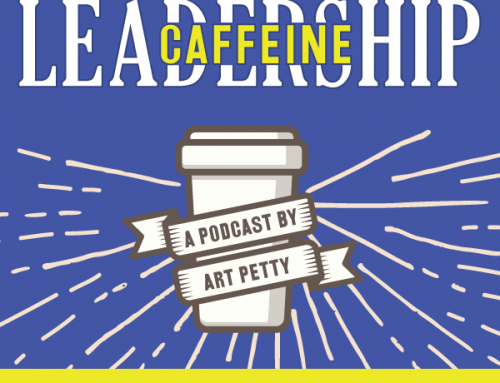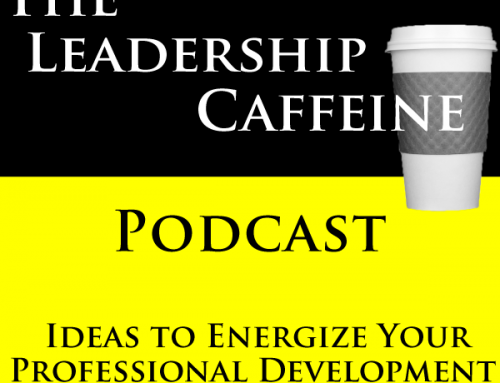 This is a fabulous interview with author, entrepreneur and innovation and disruption theorist, Whitney Johnson! She shares insights from her work guiding and advising high-growth organizations on developing high-growth individuals, and we learn a lot about the person in the process.
This is a fabulous interview with author, entrepreneur and innovation and disruption theorist, Whitney Johnson! She shares insights from her work guiding and advising high-growth organizations on developing high-growth individuals, and we learn a lot about the person in the process.
We connected ostensibly to focus the latest edition of her book Disrupt Yourself: Master Relentless Change and Speed Up Your Learning Curve, and ranged far and wide on the topic of disruption. Her personal story of changing careers at the height of success is fascinating and she clearly speaks about personal disruption from an experienced perspective. At one point, she deftly turned the tables on me and her podcasting interviewing excellence came through as she started questioning me on my disruption journey!
It was an honor to connect with Whitney and during the interview, she shares some great guidance for everyone out there hungry to grow. After you’ve listened to Whitney Johnson here, jump over to her website and check out the amazing library of guests on her Disrupt Yourself podcast.
From beginning to end, wonderful insights, ideas, and anecdotes in a format guaranteed to inform and make you laugh. Enjoy!
Enjoy!
![]()
Show Highlights:
Whitney explains what she means by personal disruption and how this ties to Clay Christensen and the children’s game, Chutes and Ladders (1:05)
Her own personal disruption story (2:40)
What compels someone to disrupt when they’re at the top of their S-curve (4:10)
Art shares his own career disruption story and Whitney shares some self-help (6:01)
What happens when you stay somewhere and avoid your personal disruption need (7:01)
Who Whitney is striving to address with the latest edition of her book Disrupt Yourself (8:20)
Whitney explains her view of a high-growth individual (10:20)
Whitney takes a muddled question from Art on whether everyone can be a high-growth individual and masterfully unpacks it and shares her wisdom. And why getting them on the right S-curve is essential. Not everyone fits the definition of high-growth individual (11:50)
Four question to help an individual find the right S-curve to maximize their growth (stick with it through Art’s anecdote interruption!) (14:11)
Jumping S-curves and the emotion of terror and how to motivate yourself to change. Hint: you have to make it scarier not to change (21:28)
Whitney’s take on Art’s “Hop, Skip, and Jump” theory of career development (24:23)
Whitney appropriately turns the tables on Art with her excellent questions (26:20)
What do you do with a group of high-growth individuals? Is it a competition? (29:25)
Whitney’s take on constraints and why they are good for us and serve as tools of creation (32:20)
Stepping back to grow and why it can be a slingshot to high-growth futures (35:22)
Failure can trigger shame and why we need to understand that it is shame that limits our ability to disrupt. And, why it’s imperative we learn to move beyond shame. (37:10)
As a manager, don’t hand out shame. Focus on the system (40:20)
Art admits he’s a fan of Clayton Christensen and asks Whitney what it was like to work with him. (41:13)
Whitney’s work on her own S-curve building a business (42:05)
Why Whitney’s book is ideal for high-growth organizations (45:30)
Art asks Whitney the New York Times Book Review dinner conversation (Who would you have dinner with from all of history and what would you discuss?) (46:17)
—





Leave A Comment